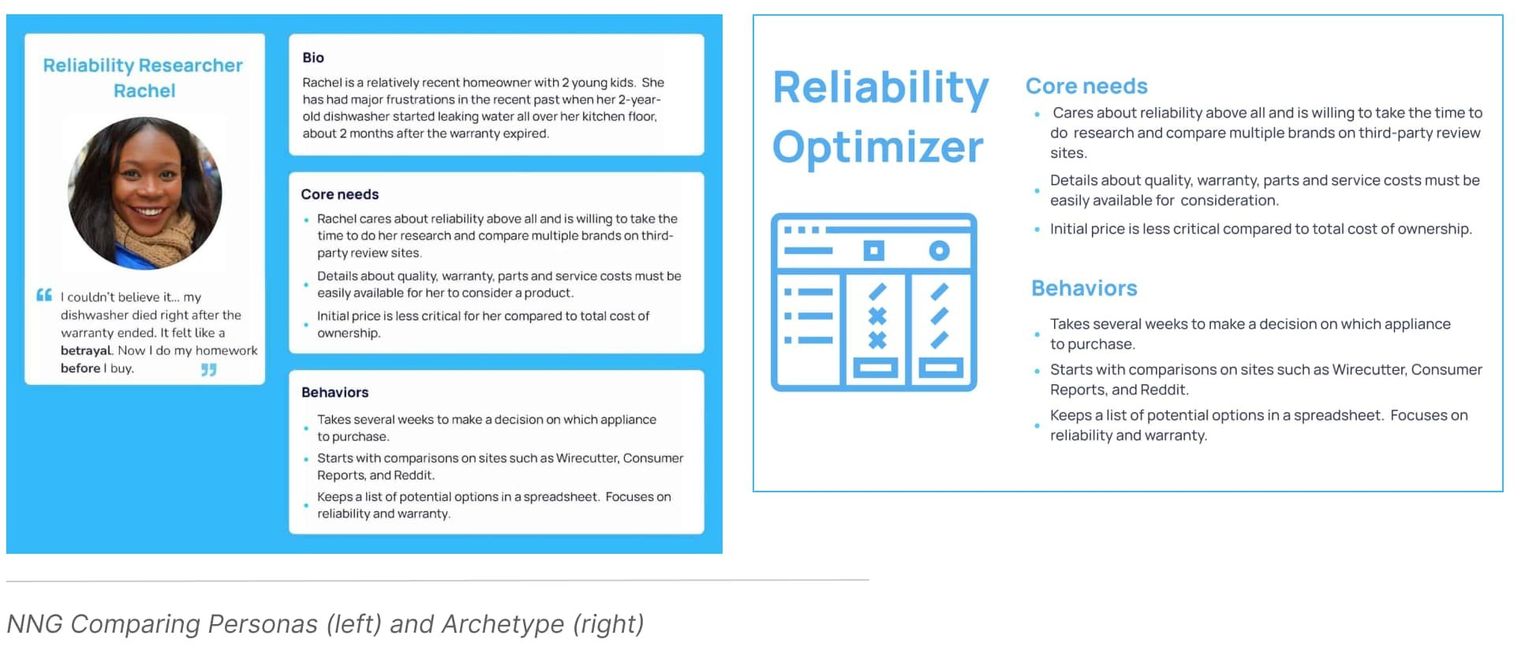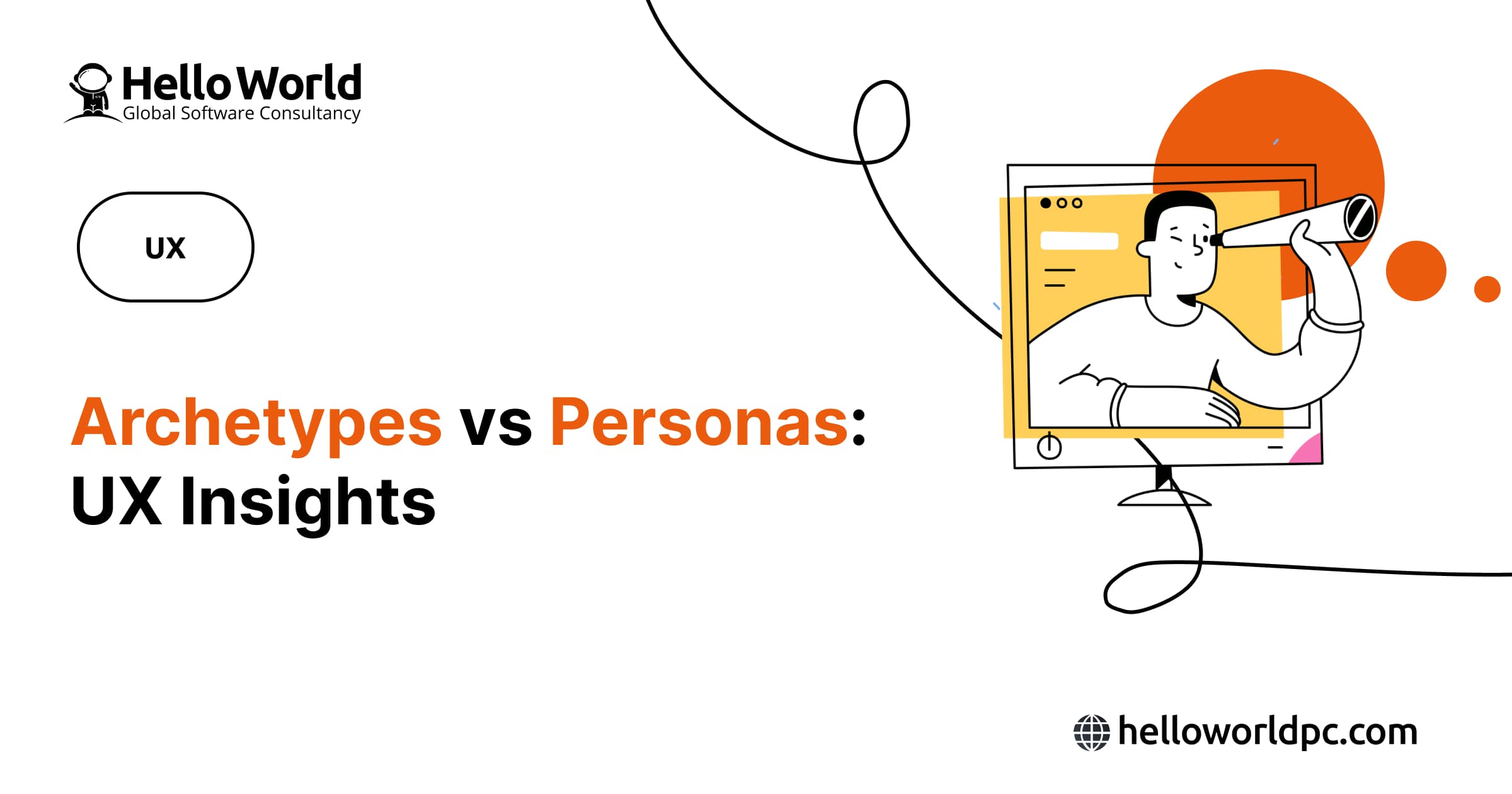In the realm of user experience design, the concepts of archetypes and personas play a key role in understanding and catering to the needs of users. While they can be used interchangeably, they have distinct characteristics and serve unique purposes.
Definitions
Archetypes and user personas are visual representations distilled from UX research that reflect the behaviours, goals and pain points of a group of users. User personas are depicted as singular human characters embodying specific user segments, while archetypes transcend individual identities, offering universal models of human characteristics and motivations.
Similarities between Archetypes and Personas
Both archetypes and personas aim to enhance empathy and understanding of users. They serve as tools for designers to empathize with their target audience, guiding them in creating more user-centric experiences. In addition, both concepts help in aligning stakeholders' perspectives and fostering a user-centered design approach.
Differences between Archetypes and Personas
Presentation
- Archetypes are abstract and not tied to specific names or faces.
- Personas are presented as singular human characters, with a name, biography, photo, and other personal information.
Focus
- Archetypes emphasize fundamental human characteristics, desires, and patterns, of a group of audience
- Personas focus on individual user demographics, goals, preferences, and pain points.
Scope
- Archetypes provide broad insights into user motivations at a universal level.
- Personas offer detailed insights into the needs of specific user information.

When to Use Archetypes and When to Use Personas
Archetypes are useful in the early stages of the design process when defining the overarching user goals and motivations. They help understand the broader context and guide high-level design decisions.
Personas, on the other hand, are more suitable for the later stages when refining design solutions. They provide detailed insights into users' needs, allowing designers to tailor experiences to specific user information effectively.
Conclusion
In conclusion, archetypes and personas are invaluable tools in UX design, each serving distinct purposes in understanding and catering to user needs. While archetypes offer universal insights into human behavior, personas provide specific details about user information. By using both concepts effectively, designers can create more empathetic and user-centered experiences, ultimately leading to greater satisfaction and success in their designs.

